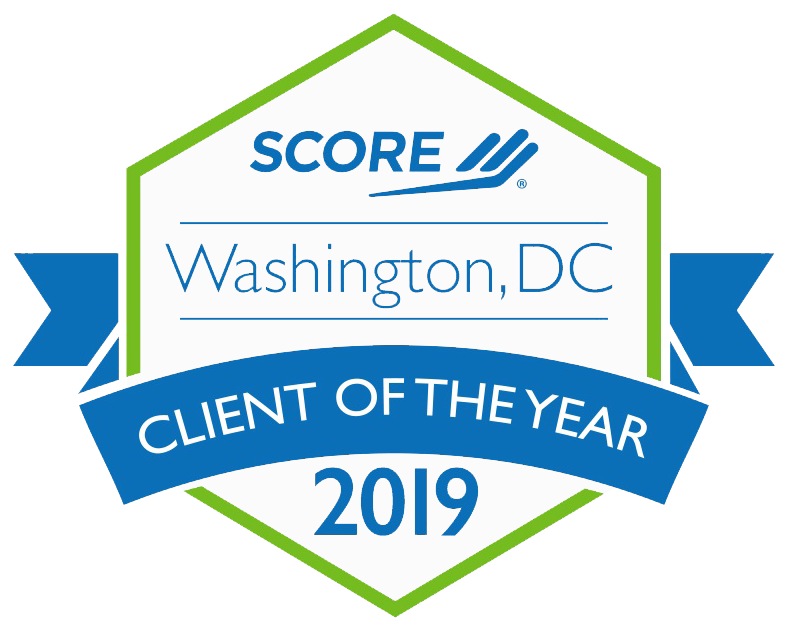Partnerships are Key to the Procurement Process
When it comes to federal grants, partnerships are critical to the success of any procurement process. You might wonder why we’re talking about partnerships when it appears to be such a transactional process, but let’s peel back the layers. Simply put, partnerships establish the rules of engagement between the different stakeholders, primarily we’re talking about the relationship between recipients (or pass-through entities) and subrecipients, recipients (or pass-through entities) and contractors, and recipients and the awarding agencies.
Awarding agencies provide all recipients with the specific terms and conditions required to achieve their own program priorities, assess risk when evaluating funding distribution to awarding agencies, and specify the terms and conditions and federal (and other) requirements that ensure adherence throughout the process.
Subrecipients are the organizations that receive funding from a recipient to implement components of a federal grant and have a larger role in the execution of the project deliverables tied to the federal award. These organizations are partially responsible for the implementation of the projects, and they work closely with the recipient through a subrecipient monitoring process. The partnership between the recipient and subrecipient is critical because it helps to ensure that the project is implemented in a manner that supports the beneficiaries of the award for the most impact.
Contractors are the external entities whose goods and/or services support the federal award implementation and are hired through a specific procurement process. The partnership between the recipient and contractors is critical because the focus is on cost-effectiveness, time management, and contractor compliance with the terms and conditions of the contract. The contractor is responsible for delivering the goods, services, or works within the stipulated timeframe and budget. The recipient, on the other hand, must evaluate contractor risk and conduct oversight to ensure the work is being completed as stipulated in the contract terms and conditions.
Within each of these relationships, the rules of engagement help ensure that the procurement process is conducted fairly and transparently, and that the procurement objectives are met. There are different requirements to ensure the success of each partnership, which is why understanding the legal instrument (i.e. contract or service agreement) that binds these partnerships is essential, as well as the nature of the relationship. Always start with understanding the definitions of the partnership arrangement, as each one will unlock the keys to understanding the rules to follow, and how you can be as proactive as possible throughout the partnership.





